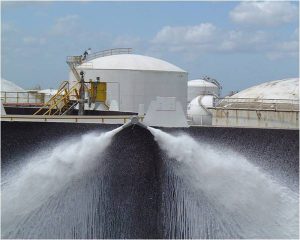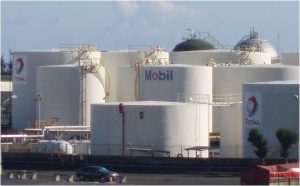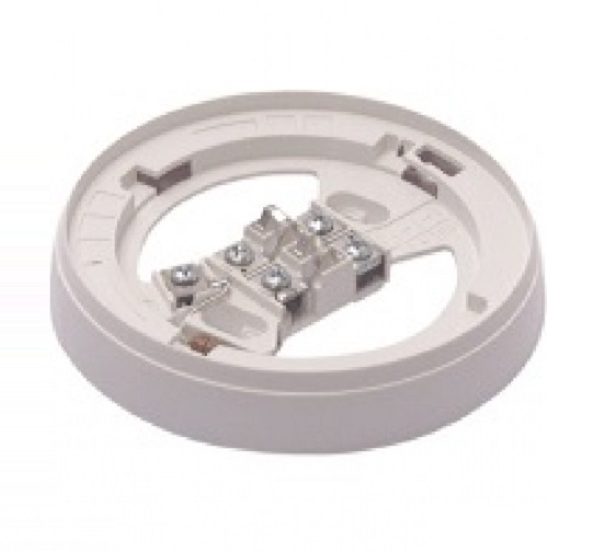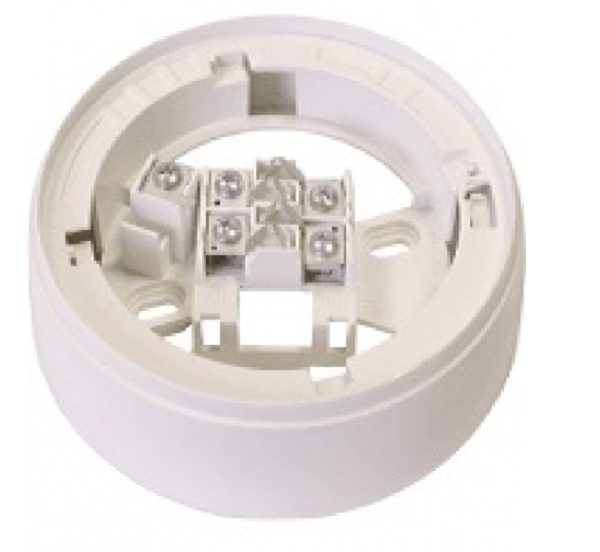Extinguishing:

For tackling oil or organic fuel fires (petrol, diesel, kerosene), extinguishing foam is the only effective solution. The fire protection concept is determined by the tank design and the liquids stored in it.
If, for example, it is an oil tank with a floating roof, the fire detection or extinguishing system will be concentrated on those areas in which the flammable liquids come into contact with the air (oxygen). In this instance, the correct solution would be a rim seal extinguishing system combined with a linear heat detector cable.

If the tank has a fixed roof, the fire must be tackled by spraying the extinguishing foam inside the tank. As the extinguishing foam is less dense than oil, it will float on top of the liquid. This will therefore create a shield against oxygen and the fire will be extinguished. In addition to tank protection, the corresponding extinguishing devices must also be used for oil silos.
Cooling:

In addition to a tank extinguishing system, the tanks must be cooled from the outside. For this purpose, close circular pipelines with nozzles are installed on the outer surface. Should a neighbouring tank catch fire, the water cooling system will prevent the contents of the tank from overheating. This therefore stops a fire spreading from one tank to the next.



